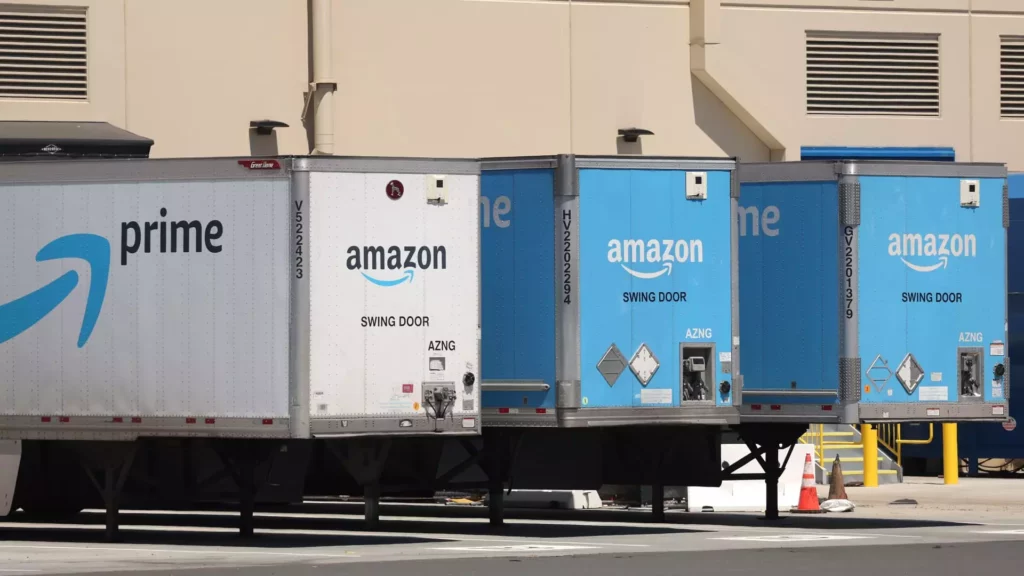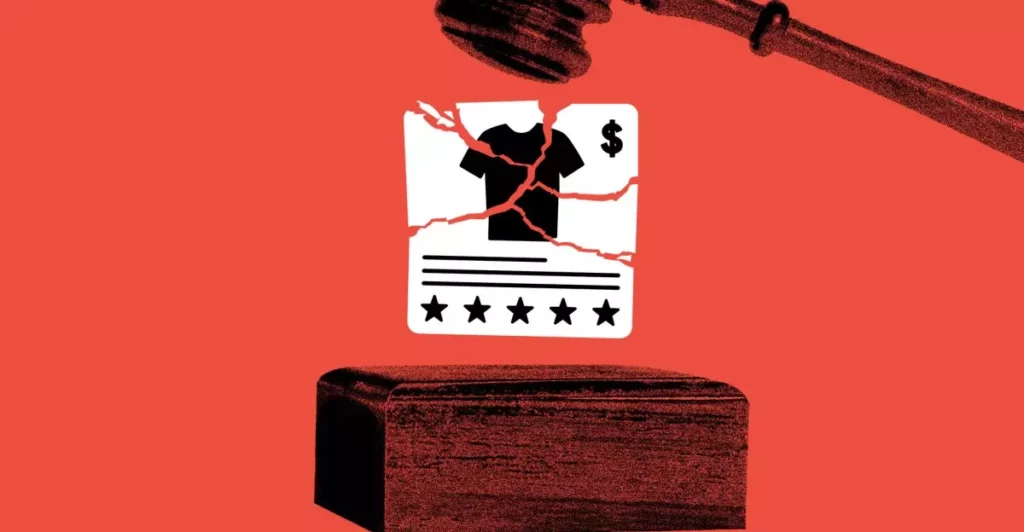The alarming revelation of an Armenian organized crime group siphoning off a staggering $83 million worth of goods from Amazon paints a grim picture of the current e-commerce landscape. This isn’t merely about theft; it is about a sinister operational efficiency that has allowed organized crime to seamlessly infiltrate an industry that thrives on innovation and trust. Transportation and logistics, vital components of e-commerce, serve as the battlegrounds for this alarming rise in crime. With criminals donning the guise of legitimate truck drivers, the implications are profound—not only are individual companies being harmed, but the very fabric of modern commerce is threatened as well.
It’s easy to trivialize crimes of this nature as isolated incidents, but such thinking would be a significant misstep. This ongoing saga unravels a dangerous thread in the tapestry of retail logistics, inviting scrutiny into vulnerabilities that beset our supply chains. The fundamental question looms: how are these organized crime rings able to root themselves so deep into our commerce systems without detection?
Taking Advantage of Trust and Technology
The degree to which these criminals have exploited vulnerabilities is chilling. By masquerading as carriers—using the names of legitimate transportation entities—they were able to access Amazon Relay, a system designed to facilitate order fulfillment and logistics efficiency. This points to a disconcerting truth: the technological frameworks put in place to streamline operations could also serve as conduits for theft when not adequately monitored. The act of diverting routes and tampering with shipments symbolizes not only criminal-ity but also a significant failure of oversight, a reflection of inadequacies within the monitoring systems employed by major corporations.
Most disheartening is the nature of the goods being pilfered. From high-end electronics to essential kitchen appliances, these criminals’ operations don’t simply target low-hanging fruit; they actively seek out valuable assets to maximize profits. This conduct diminishes consumer trust, undermining the promises of convenience and security that e-commerce platforms tout. Think of the consumers who unwittingly receive defective or incomplete products due to late deliveries slashed from a crime-laden distribution line.
The Ripple Effect and Economic Implications
In a globally connected economy, the ramifications of such theft extend far beyond the immediate victims. Experts estimate cargo theft losses could soar to over $1 billion annually, underscoring a national epidemic that threatens the economic stability of the retail marketplace. The wider consequences impact not only conglomerates like Amazon but also small businesses that rely on efficiency in logistics to compete effectively. When organized crime undercuts operational standards, the result is a ratcheting of costs, heightened fears for product safety, and an environment where legitimate businesses can hardly operate.
Retailers must now grapple with this reality, realizing that the thin profit margins in e-commerce require not only responsiveness and creativity but an enveloping security architecture. Investing in fortified security protocols, implementing employee training, and fostering partnerships with local law enforcement agencies are becoming vital strategies in confronting this multifaceted threat.
Collaboration Is Key
The DOJ’s investigation reveals a glimmer of hope amid this bleak narrative—cooperation is indeed possible. Amazon’s security teams working alongside law enforcement to unveil evidence against these defendants exemplifies an urgent and necessary collective effort. Captured smartphones have yielded proof of wrongdoing, stripping away the veil of anonymity that criminals rely on. The collaboration is indispensable as it highlights that while criminals may cause harm, the collective strength of industry and law enforcement can mount a formidable defense.
However, this relationship must mature. Retailers must slim down the gap between logistics and security, integrating those two vital components into a cohesive strategy that not only prioritizes efficiency but also proactively addresses vulnerabilities inherent in the system. This incident should serve as a clarion call for all players involved in e-commerce—an urgent memo that organized crime’s insidious nature demands robust, collaborative action across the entire supply chain.
As law enforcement pursues allegations against individuals involved in this wretched scheme, the urgency for vigilance cannot be overstated. As we delve into this evolving narrative, the question remains: are we prepared to learn from the shadows that loom over our modern economy, or will we allow complacency to become the very crime that dismantles our e-commerce industries? The growing trend in organized crime presents a pivotal challenge to the principles of e-commerce, requiring immediate and resilient responses from all stakeholders involved.









Leave a Reply